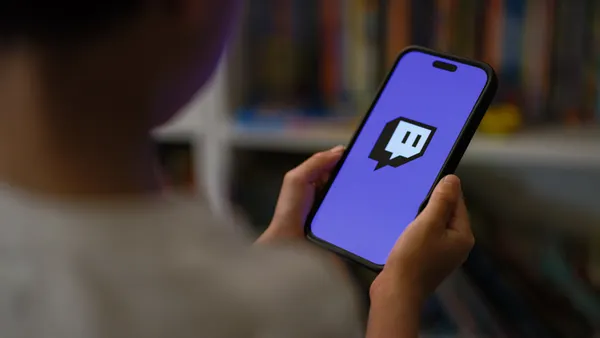Dive Brief:
- Women's denim brand Riders by Lee launched an ad campaign featuring three "real women" with different body types, according to a press release from the company. "Made to Move" stemmed from the common frustration of finding clothes with the right fit, which the release said is an irritation shared by the brand's entire all-women design team.
- Size inclusivity has gained popularity among fashion brands as the industry recognizes the untapped market of offering clothing for people of all sizes, according to the release. An NDP Group study estimates that the plus-size women's apparel market is growing by 4% annually and will hit $24 billion by 2020.
- The Riders by Lee campaign includes print ads in women's magazines and cable TV spots, as well as a relaunch of the brand's website.
Dive Insight:
The Riders by Lee effort joins a growing trend of well-meaning campaigns intended to connect with a larger group of consumers and position a brand as socially-conscious and authentic or "realness." A number of brands have embraced a body-positive approach to marketing, including Hanes' Playtex brand with its recent #PlaytexPositivity push on social media and Unilever's Dove with its long-running "Real Beauty" platform.
Though consumers often respond positively to this approach, it's not a guaranteed win and can come across as tone-deaf. Any ad based on people's appearances rides a fine line, and campaigns must be carefully thought out and delicately executed. In May, Dove sold limited-edition packaging of its body wash in the U.K. where bottles of body wash were formed into several different shapes and sizes meant to celebrate various body types. Dove faced an immediate backlash on social media with criticism that the brand exploited insecurities to sell its products.
Done correctly, there are benefits to enlisting positivity in marketing messages. A recent study from Facebook found that 79% of women and 75% of men favor brands that promoted gender positivity in their messaging, and U.S. consumers overall felt 8% to 10% more positively toward brands promoting gender-positive ads.











